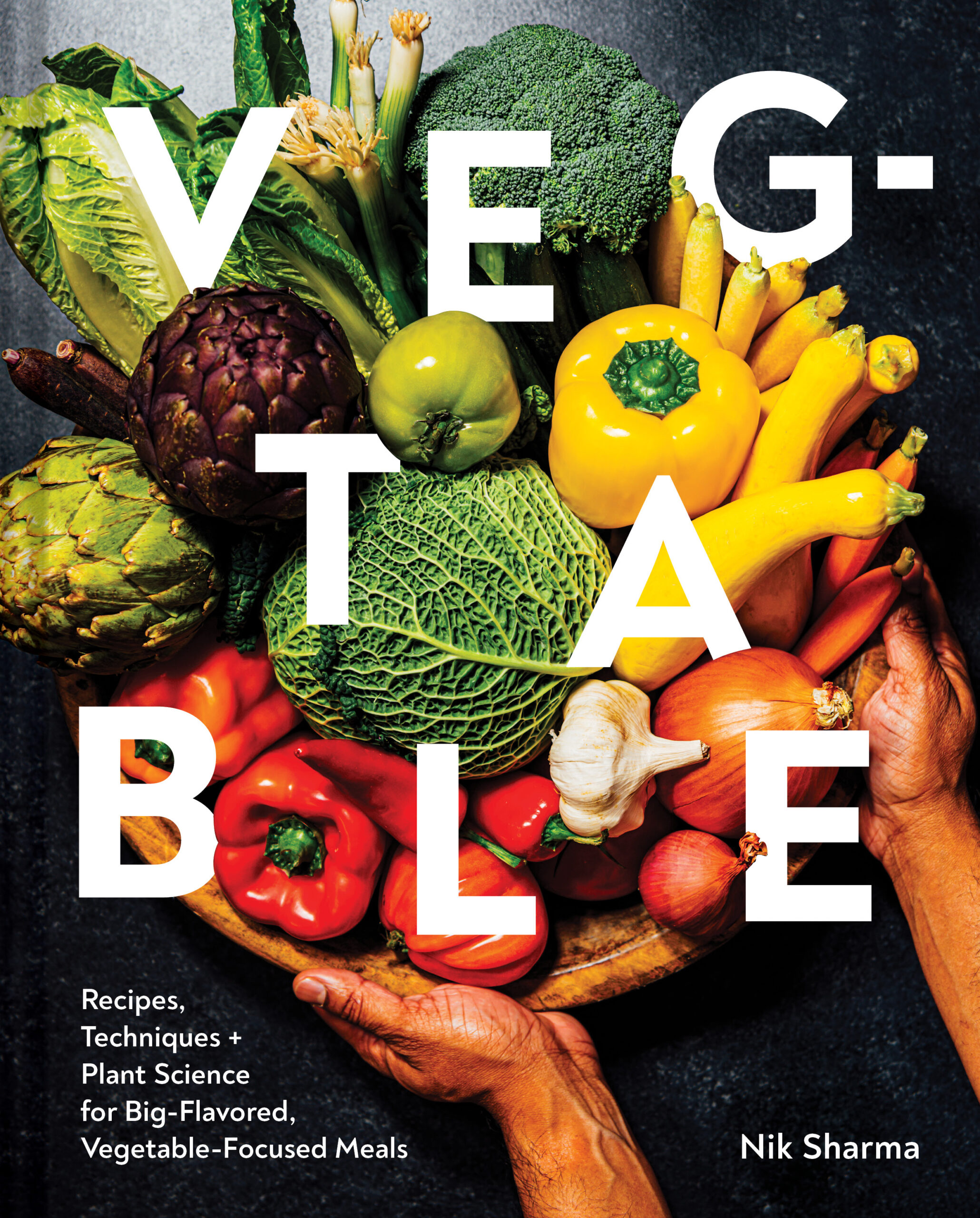

Chole/Punjabi Chole
5 Stars 4 Stars 3 Stars 2 Stars 1 Star
5 from 1 review
Chole or Punjabi chole (from the Northern State of Punjab in India) is a comfort food – the texture, the temperature, and the flavors. Breakfast, lunch, brunch, or dinner, the time of the day has never dictated my consumption of this delicious chickpea stew/curry served with freshly fried bread called bhaturae/bhaturas. My mother learned to make this dish from a family friend (who is Punjabi), and as one can expect, this recipe’s been tweaked to suit our tastes over time.
- Yield: 4
Ingredients
2 cups/360 g dried chickpeas (see my notes above for using canned chickpeas)
1 tsp fine sea salt
1/4 tsp baking soda
2 black tea bags such as Assam or Darjeeling (see notes above on using loose tea)
4 cloves
2 in/5 cm piece cinnamon stick
1 black cardamom
3 Tbsp neutral oil like grapeseed or ghee
1 Tbsp cumin seeds
a pinch of asafoetida (hing)
2 tsp Kashmiri chilli powder or (2 tsp smoked sweet paprika + 1/2 tsp ground cayenne)
1/2 tsp ground turmeric
1 Tbsp grated ginger
3 Tbsp tomato paste
1 green chilli like Serrano, cut into strips or minced
2 Tbsp amchur (unripe dried mango powder) or 2 Tbsp lime juice
2 to 3 Tbsp chopped cilantro
Instructions
- Rinse the chickpeas under running water and then soak and cover them overnight in 4 cups/945 ml water.
- The next day, discard the soaking water and rinse the chickpeas under tap water. Add 4 cups/945 ml water to a medium saucepan or Dutch oven. Stir in 1 tsp salt and baking soda. Add the soaked chickpeas. Toss in the tea bags. Gently crack the cloves, green cardamom, cinnamon, and black cardamom using a mortar and pestle. Place the spices in a tea infuser or a piece of muslin or cheesecloth, seal the infuser, or tie the ends of the cloth if using muslin. Place the infuser in the saucepan with the chickpeas. Bring the contents of the saucepan to a rolling boil over medium-high heat, then reduce the heat to a simmer and cover the pot with a lid. After 30 to 45 minutes, the chickpeas will be tender and soft enough to fall apart. Remove the saucepan from the stove. Remove and discard the tea bags and the spices inside the tea infuser.
- Place a small dry saucepan over medium-high heat. Add the oil to the saucepan. Add one or two cumin seeds to determine how hot the oil is; if the oil is hot, the seeds will sizzle (and dance). Once the oil is hot, add the cumin followed by the asafoetida. The seeds will sizzle while the asafoetida will foam and turn fragrant. Add the Kashmiri chilli powder and turmeric. Swirl the contents of the saucepan and cook for 30 to 45 seconds, till the spices start to get fragrant. Add the ginger and tomato paste and sauté until the fat separates from the mixture, 2 to 3 minutes. Add the green chilli and sauté for 1 minute. Remove from heat and add this spice mixture to the chickpeas. To extract all the spice mixture from the small saucepan that might get stuck to the sides, add 1/4 cup/60 ml of the chickpea cooking liquid to the small saucepan to wipe the sides down and return the liquid to the chickpeas. Stir in the amchur. Taste and add salt if needed. Garnish with the cilantro before serving. Serve warm or hot with bhaturas. Leftover chole can be stored in an airtight container for up to 4 days in the refrigerator.
Notes
- Spices and tea form the stock base where the chickpeas cook and acquire their flavor.
- Tea does not make the stock bitter as one might expect. Instead, it imparts the dish an interesting note of savoriness and color. The one made with tea is my favorite, and how this dish should be made. Use Assam or Darjeeling black tea; tea bags are a good option here because you can dump it in and then toss it out. If you use loose tea, add it to the spices in the tea infuser or muslin cloth.
- I use tomato paste instead of fresh tomatoes, which shortens cooking time and adds a much more concentrated flavor and color to the dish.
- Kashmiri chilli powder gives a smoky edge in addition to its bright red color and mild chilli heat. However, if you don’t have that hand, use smoked sweet paprika and cayenne.
- Note how I do not use any alliums – no onions or garlic. This recipe is a good example of when to use asafoetida (hing). I wrote about this in my last book, Season, but I will get into the science of this in more detail in my new book, The Flavor Equation. But in short, because asafoetida contains the same aromatic chemicals present in alliums, they’re used as a substitute for those flavors in Indian cooking, especially by several Indian communities that do not consume onions and garlic.
- I started with 2 cups/360 g of dried chickpeas which almost doubled in volume. But two 14 oz/400 g cans will work if you want to use canned chickpeas. Salt the water as instructed for canned chickpeas but skip the baking soda. You will reduce your cooking time to about half since canned chickpeas are already cooked. I throw the soaking water because it contains gas-producing carbohydrates that we can’t digest, but our gut bacteria can.
- If you want this less hot, remove the seeds and midrib from the green chilli or skip it. Add less cayenne for less heat.
- While cilantro is my favorite option, you can also garnish this with thin slices of red onion rings or even pickled red onions for an extra edge of tanginess.
- Author: Nik Sharma


4 Responses
Do you ever peel the chickpeas from their skins? I hate when the skins swim in the sauce and I also find them hard to digest. If I wanted to use peeled chickpeas, at which stage would this make sense in this recipe? I’m thinking I could pre-cook the chickpeas in the Instant Pot, then peel and cook them with the tea? Or do I cook them with the tea, then peel them?
Thank you so much for guiding us on these intricacies. 🙂
I always keep the skins. However, if you want to, I’d recommend cooking the chickpeas with the spices and then peeling the skins off to save time.
Thank you for sharing this recipe! I enjoyed this dish on a trip to India and have been unable to recreate it until now. It is absolutely delicious!
Yay, it is one of my favorite dishes from India and reminds me of home. I am so happy it brought back memories for you.